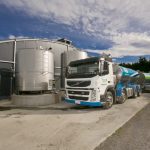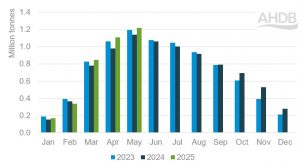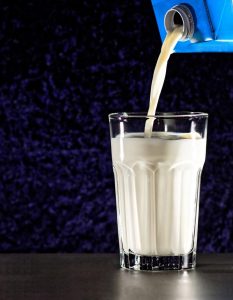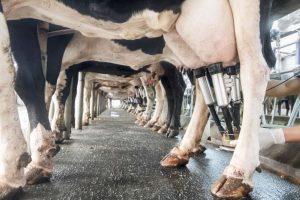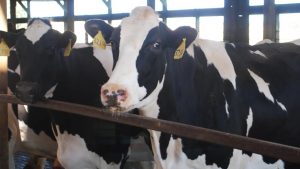
The grazing year is coming to a close and now that cows are gradually approaching the housing period, herbage production needs to be analysed to determine how soil fertility needs to be rectified.
A plan must be put in place around this time of year to rectify any soil fertility issues on farm, so that ground is growing sufficient feed for the new year.
Land is not as valuable as it once was, as farmers’ cannot stock the same number of cows on that land as they could previously, due to factors such as the nitrates derogation and banding.
However, farmers must make it as valuable to them as possible in order to grow more grass than the cows’ demand in order to ensure cows are well fed, pumping quality milk and have a strong winter fodder supply.
More and more regulations around fertiliser spreading are coming into play, and the price of any chemical nitrogen (N) is through the roof, which gives more reason to have soil fertility at optimal levels.
To achieve this, a soil health plan needs to be developed on your farm, with work going ongoing in the next couple of weeks to identify what paddocks have been underperforming.
Herbage production
Firstly, soil sampling the farm is a must, as for farmers who are above 130kg organic N/ha, in the absence of soil sampling, index 4 for phosphorus (P) will be assumed.
This means that you will need soil samples to prove that your land requires phosphorus (P), and so soil sampling must take place to get the most out of fertiliser application for the new year.
Records from the year will show what paddocks have under-performed throughout grazing, and there are number of reasons why a paddock may be under-performing which must be taken into account.
If a paddock was only reseeded this year or over-sown with clover, then poor herbage production is expected but for older pastures that are not performing, options to improve this have to be considered.
2024 might be a tough year to pick out poor performing paddocks, as given the grass growing year we had, they may all appear to be under-performing.
Grass remains the cheapest form of feed and the main driver of margins on farms. The more you grow, the lower your costs will be for the year.
Soil sampling at least once every two years is essential and once soil samples have been taken, a management plan can be developed to improve soil fertility.
Seeing results from improving soil fertility can take time, so targeting parts of the farm with the poorest fertility should be completed first.
For many farms, the only time that soil samples can really be taken is around Christmas week to ensure accurate results, but this should be discussed with your advisor.
Soil fertility
Once results are back, a nutrient management plan must be put in place for the farm as your soil sample should indicate where to apply slurry, dung, lime, and chemical fertilisers for the next few years.
A nutrient management plan will allow you to:
- Apply nutrients where they are required;
- Avoid wasting nutrients where they are not needed;
- Avoid causing a pollution risk;
- Achieve maximum growth rates by having optimal soil fertility.
Reseeding of paddocks is one of the main aspects of good grassland management and operating a grass-based production model, with regular reseeding required on the farm.
Reseeding should be done on paddocks that have a large amount of old grass or where there is an issue with weed burdens.
Liming paddocks should be done when it is determined that soil pH has fallen below the desired levels, as a poor pH soil will not be ideal for grass growth as the soil won’t have the capacity to uptake all the nutrients.
Organic manure be it slurry or farmyard manure should be targeted at lower P and potassium (K) index fields, if possible in the new year – building P and K indexes can take a varied amount of time and nutrient input.
You can now read the most important #news on #eDairyNews #Whatsapp channels!!!
🇺🇸 eDairy News INGLÊS: https://whatsapp.com/channel/0029VaKsjzGDTkJyIN6hcP1K


